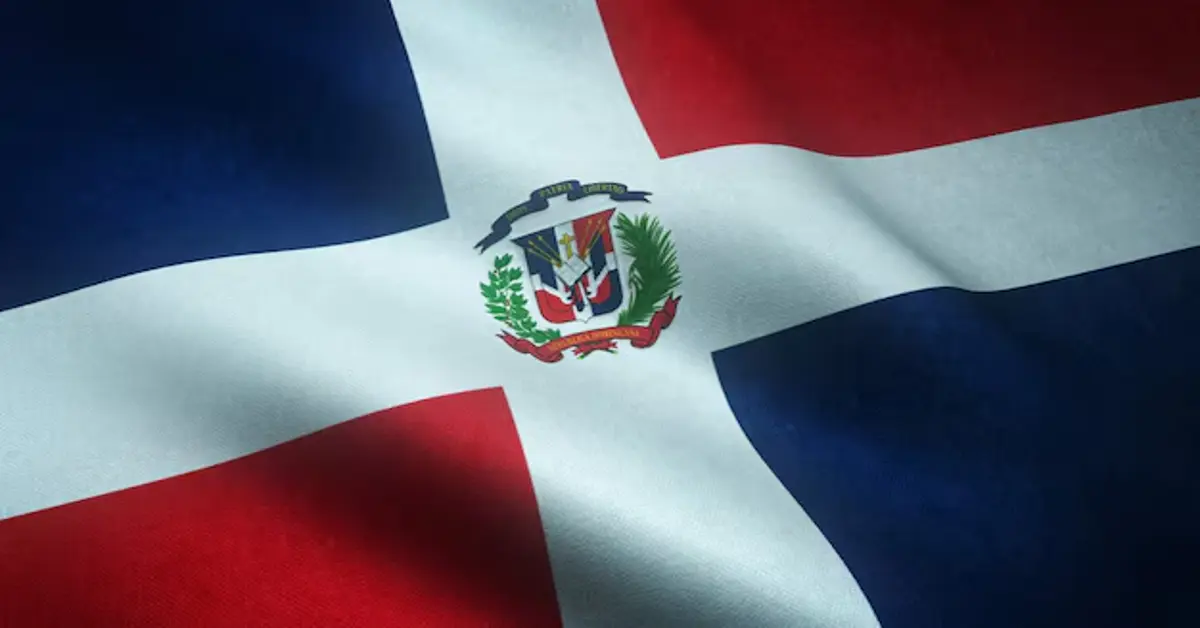When it comes to national pride, few symbols resonate as deeply as a country’s flag. The Panama flag stands out not just for its vibrant colors but also for the rich cultural heritage it represents. As we explore the layers of history behind this emblem, we uncover stories that connect Panamanians to their roots and celebrate their journey through time. From its unique design to the patriotic symbols intertwined with it, let’s delve into what makes the Panama flag a powerful symbol of identity and unity.
History
The history of the Panama flag is intertwined with the country’s journey to independence. Adopted in 1904, it emerged shortly after Panama separated from Colombia. The design reflects a desire for identity and autonomy.
Influenced by the flags of both Colombia and the United States, its creation marked a new chapter for Panamanians. Each color symbolizes different aspects of their culture and aspirations, uniting diverse communities under one banner as they embraced newfound freedom.
Description
The Panama flag features a unique design divided into four quadrants. The top left is white with a blue five-pointed star, representing purity and peace. The bottom right contains a red star on a white background, symbolizing the blood shed for independence.
The other two quadrants are blue and red fields. Blue signifies the Pacific Ocean and Caribbean Sea, while red represents the blood of patriots who fought for freedom. This combination reflects Panama’s rich cultural heritage and national pride, making it an emblematic representation of the nation’s identity.
Protocol
When displaying the Panama flag, it’s essential to follow specific protocols. The flag should always be hoisted with respect and dignity. It is common practice to raise it at sunrise and lower it at sunset.
During official events, the Panama flag takes precedence over others. When displayed alongside flags of other nations or organizations, ensure that it is presented on the left side from the viewer’s perspective. Understanding these guidelines fosters a greater appreciation for national pride and cultural heritage across Panama.
Historical Flags
Throughout Panama’s history, various flags have represented its evolving identity. The first official flag was adopted in 1821 when Panama gained independence from Spain. This flag featured a simple design reflecting the aspirations of a young nation.
In 1903, following separation from Colombia, the Panamanian government introduced the current national flag. Its design is rich with symbolism and reflects cultural heritage, unity, and hope for the future. Each historical iteration captures moments in time that shaped Panama’s journey towards sovereignty and self-identity.
Other Flags
Panama boasts a rich tapestry of flags beyond its national emblem. Various regions and communities have their own distinctive banners, reflecting local pride and heritage. These flags often carry unique designs that represent the history, culture, and aspirations of their people.
Each flag tells a story—some are inspired by indigenous symbols while others honor historical events or figures. This diversity enhances Panama’s cultural landscape, showcasing the unity found in its differences. The vibrancy of these other flags adds depth to the nation’s identity, making them an important part of Panama’s celebratory spirit.
Flags of Subdivisions
Panama is divided into several provinces, each with its own unique identity and pride. These provinces often have their flags that represent local culture and history. For instance, the flag of Colón features vibrant colors symbolizing its rich Afro-Caribbean heritage.
Similarly, Chiriquí’s flag showcases elements that reflect the area’s agricultural legacy. Each subdivision’s flag adds a layer to Panama’s national tapestry, highlighting regional diversity while reinforcing unity within the nation. Collectively, these flags celebrate local traditions and foster a sense of belonging among Panamanians.
Patriotic Symbols
Patriotic symbols are vital in expressing national pride and identity. In Panama, these symbols reflect the rich heritage and diverse culture of its people. From traditional dress to folklore, each element tells a story.
The Panama flag stands as the most recognizable symbol. Its colors and design represent unity between different regions and cultures. Other significant icons include the country’s coat of arms, which showcases important elements of Panamanian history, reinforcing a strong sense of belonging among citizens.
Coat of Arms
The Coat of Arms of Panama is a vibrant representation of its national identity. It features an eagle perched atop a shield, symbolizing strength and freedom. The shield displays two panels: one illustrates the Pacific Ocean, while the other showcases the Atlantic Ocean. This design signifies Panama’s unique geographical position.
Surrounding the shield are symbols representing agriculture and commerce, reflecting the nation’s economic foundations. The Coat of Arms embodies pride in Panamanian heritage and serves as a reminder of its rich cultural tapestry. Each element tells a story deeply rooted in history and national unity.
National Anthem
The national anthem of Panama, titled “Himno Istmeño,” is an emblematic piece that stirs pride in the hearts of Panamanians. Composed by José Ignacio de la Pareda with music by José María Estrada, it captures the spirit and resilience of the nation.
With uplifting lyrics, it celebrates freedom and unity. Sung during official ceremonies and events, the anthem reinforces cultural identity while reminding citizens of their rich heritage. The powerful notes resonate deeply, making every performance a heartfelt tribute to Panama’s history and aspirations for peace and progress.
List of Panamanian Flags
Panama boasts a rich tapestry of flags, each representing different aspects of its history and culture. The national flag is the most recognized, but various historical flags tell unique stories about Panama’s past. For instance, the flag used during independence movements reflects the spirit of liberation.
Additionally, flags from different regions showcase local pride and identity. Each subdivision has adopted symbols that resonate with their communities. These variations enrich Panama’s cultural heritage while celebrating its diverse landscapes and people. The flags serve as reminders of unity in diversity across this vibrant nation.
Panama Flag
The Panama flag is a vibrant symbol of the nation’s cultural heritage, featuring a striking design. Divided into four quadrants, it showcases blue and white colors alongside bold red stars. This arrangement reflects the country’s historical ties to both Spain and the United States.
Every element has significance. The two stars represent the provinces of Panama and Colón, while the colors symbolize peace and unity. Raised proudly in celebrations and events, the flag serves as a reminder of national pride for Panamanians everywhere. It beautifully encapsulates their rich history and identity on an international stage.
Frequently Bought Together
When celebrating the Panama flag, many enthusiasts often explore additional items that enhance their appreciation. Commonly bought together are flags of neighboring countries and historical replicas that showcase Latin American heritage. These items create a rich backdrop for understanding regional pride.
Moreover, educational resources such as books on Panamanian history or cultural artifacts also tend to fly off the shelves alongside the flag. This combination deepens one’s connection to Panama’s vibrant identity and fosters a sense of unity with its diverse culture.
Panama Country Flag Features
The Panama flag features a unique design that beautifully embodies the nation’s heritage. It consists of three horizontal stripes—two white, one red, and one blue—with a prominent blue star in the upper left and a red star in the lower right quadrant.
This combination symbolizes peace, unity, and the country’s diverse culture. The colors represent different aspects of Panamanian identity: blue stands for loyalty, red represents the blood shed for freedom, while white signifies peace. Each element tells a story about Panama’s rich history and aspirations as a proud nation.
Panama Flag Meaning & History
The Panama flag, adopted in 1904, is a vibrant symbol of national identity. Its design features four quadrants: two white fields representing peace and purity, a blue field symbolizing the Pacific Ocean, and a red field for the blood shed during independence.
Historically, this flag reflects Panama’s journey from colonial rule to independence. The colors echo the nation’s rich heritage and aspirations for unity. Each element tells a story of resilience and hope while celebrating cultural diversity within its borders. The flag stands tall as an emblem of Panamanian pride and patriotism today.
Videos
Videos showcasing the Panama flag and its significance are a vibrant way to understand its cultural impact. From parades celebrating Independence Day to educational content explaining the flag’s colors and symbols, these visuals bring the Panamanian spirit alive. They capture moments of pride, unity, and heritage that resonate with citizens at home and abroad. Engaging with this multimedia can deepen appreciation for Panama’s history, making it easier to celebrate alongside fellow enthusiasts of their rich culture. Discovering clips featuring traditional music or dance performances also adds layers to the understanding of what the Panama flag represents in daily life.









